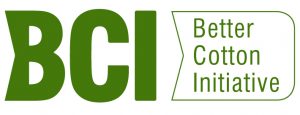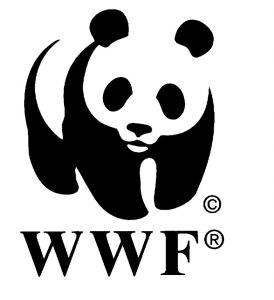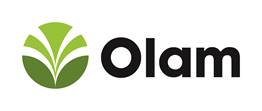Cotton is the most widely used natural fiber in the world, with more than 250 million people across the world depending on cotton cultivation and processing for their livelihoods, including millions of smallholder farmers and their families. Owing to a large number of people employed in the cotton sector, it is one of the world’s most important fibers and cash crops.
However, the cotton sector faces several sustainability challenges. Around 99% of the world’s cotton farmers across 70 countries are smallholders, who produce 75% of the 25 million metric tons of the global cotton production annually. Cotton covers 3% of the world’s cultivated land, yet it accounts for 24% of the global insecticide use. It is also one of the most water intensive crop, with 9,000 liters of water being used to produce 1 kg of cotton.
Other sustainability issues include its impact on soil quality and biodiversity as well as profitability, working conditions, gender, health & safety and child labor. Additionally, cotton supply chains are fragmented, spanning over long geographic and market distances, with limited visibility from retailers into sustainability issues at different points within the supply chain.
The IDH Cotton program plays a key role in addressing these challenges. The program has a goal of improving livelihoods of 3.5 million smallholder and medium cotton farmers by 2020, and to minimize the harmful impact of crop protection practices, promote water stewardship, improve soil health, enhance biodiversity, preserve fiber quality, promote decent work and develop effective farm management systems across India, Pakistan, China, Turkey, Mozambique and Tajikistan.
更好的棉花创新查尔lenge
Market transformation in Cotton
As strategic partner to the Better Cotton Initiative (BCI) since 2009, IDH is achieving sustainable market transformation in the global cotton value chain by creating both supply and demand side momentum for Better Cotton.
On the demand side, IDH is convening frontrunner brands and retailers to commit towards sourcing more Better Cotton each year. In 2018, we reached a record level of Better Cotton uptake of over one million metric tonnes by 93 Retailer and Brand Member, representing 19% of the global cotton market share. On the supply side, to ensure increasing demand for Better Cotton is also met with increasing supply, IDH is leveraging significant private sector funding for Better Cotton production and managing a fund of €12.6 million for the Better Cotton Growth and Innovation Fund (BC GIF) annually and providing strategic investment advice for capacity building of Better Cotton farmers across the world’s top cotton producing countries including India, Pakistan and China. In this capacity, IDH is also driving efficiency and continuous improvement of Better Cotton farmer capacity building for achieving greater scale and impact.
In addition, IDH continues to support BCI through its contributions to the Better Cotton Growth and Innovation Fund and works closely with government donors, civil society organisations and other private sector partners to develop and innovative the BCI model further.
Beyond BCI, in Maharashtra (India) and Mozambique, IDH is developing the business case for investing in smallholder cotton farmer livelihoods holistically by convening multi-stakeholder platforms in close collaboration with state government and private sector supply chain partners on rural transformation and development of agri-business.
Securing Smallholder Livelihoods in Rainfed Maharashtra
A case study on de-risking farmer's livelihood from the impact of climate change in Maharashtra through coordinated solutions promoting water security and integrated livelihood opportunities.
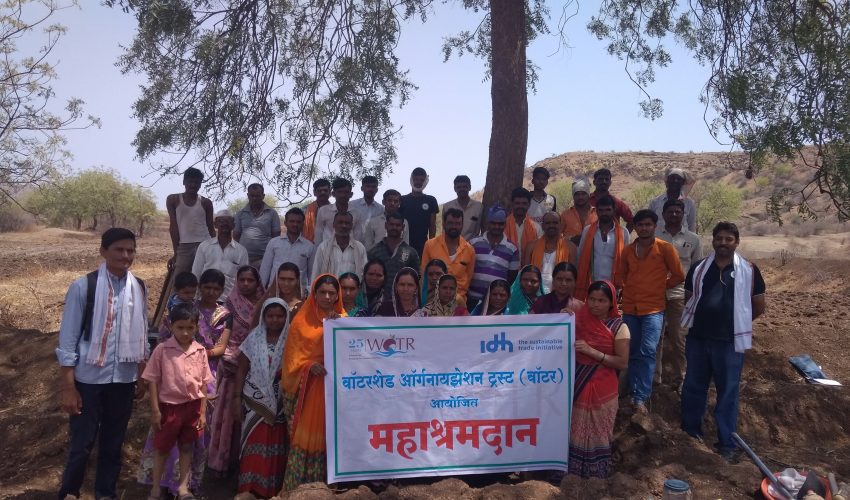
In Jalna, Maharashtra, 85% of the geographical area is under agricultural use, with over 40% of cultivable land under cotton cultivation; however, agricultural productivity in the region has been in decline. Recent changes in climate conditions have led to increased temperatures, erratic rainfall, and made the region severely drought-prone, with rainfall recorded as low as 400-450mm annually. With only 8% of the region under irrigation, smallholder farmers face high water scarcity – just 15% of farmers take up a second crop, leading to low production and income. Farmers in this region typically have a yield of 400kg/Ha, compared to 500-700 kg/Ha in other states.
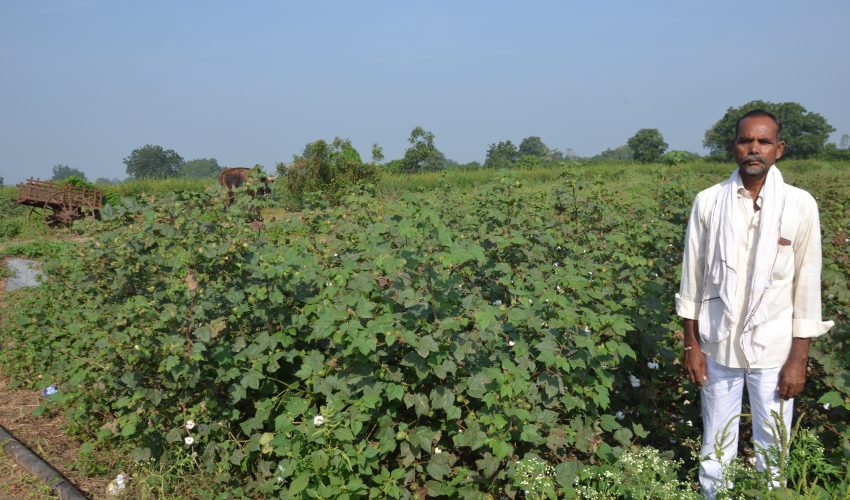
IDH has partnered with Watershed Organisation Trust (WOTR) to create access to water in 30 villages in Ambad block in Jalna, impacting 6300 farmers. The intervention works toward improving three key areas: access to water, building self-reliant governance in villages in terms of water management, and increasing smallholders’ resilience to climate change (through increased productivity leading to improvement in income).
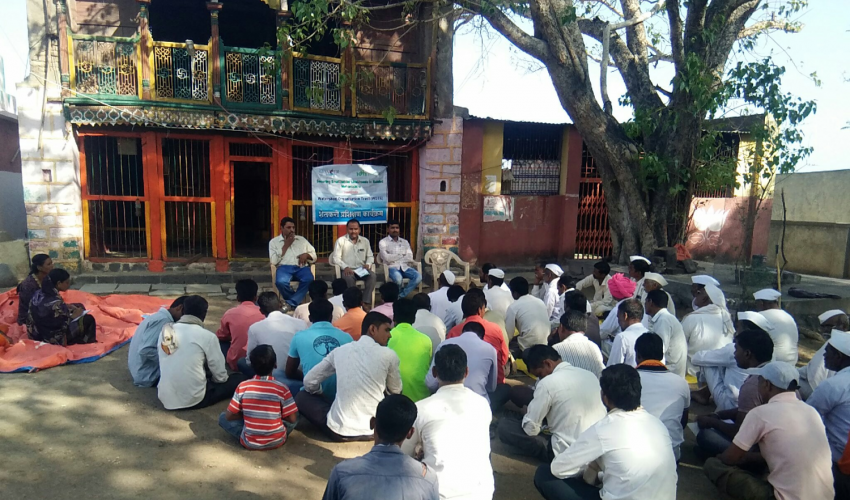
改善水、WOTR设置检查水坝and micro-irrigation devices (water absorption trenches, water impounding, and harvesting structures) to conserve rainfall. To invest the community in water management, we conducted water budgeting trainings, and instructed the communities on how to measure groundwater levels. Farmers also received supplementary trainings on good agricultural practices and hyper-local agro-met advisories to inform farm activities, reducing the cost of production, and improving productivity.
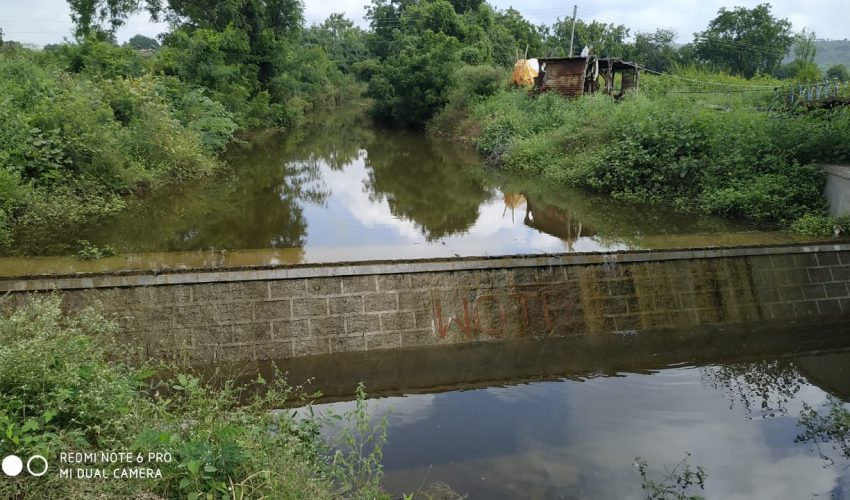
Since inception, the program has seen a high level of community contribution towards watershed development work (creating wage employment of over 75000 man-days) and delivering on results that exceeded set targets for 2019. The region has seen an increase in watershed infrastructure facilities (check dams, micro-irrigation devices), resulting in a 9% increase in access to water so far. Farmers have reported a 20% reduction in the cost of production, and over one-third of farmers have taken up a second crop.
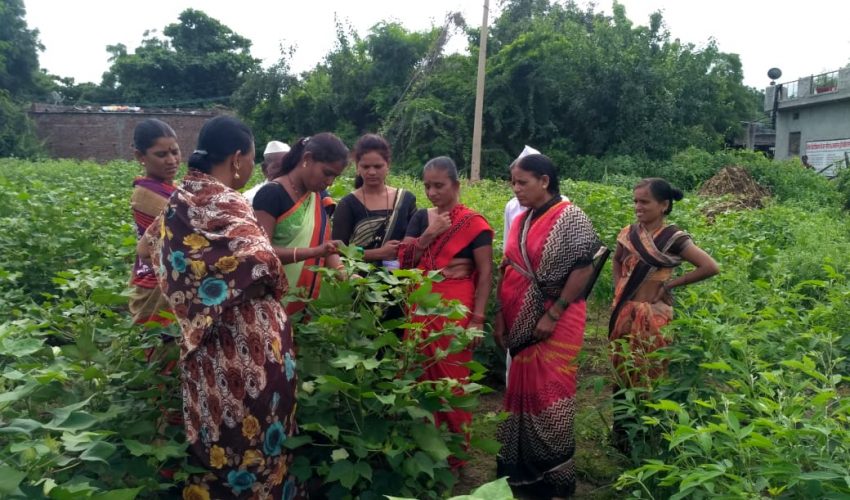
Gender sensitization training and analysis were conducted in all villages, resulting in an unprecedented 2:3 female-male ratio in the para agronomist recruitment, and increased involvement of women in GAP trainings as well as water management and governance at community levels.
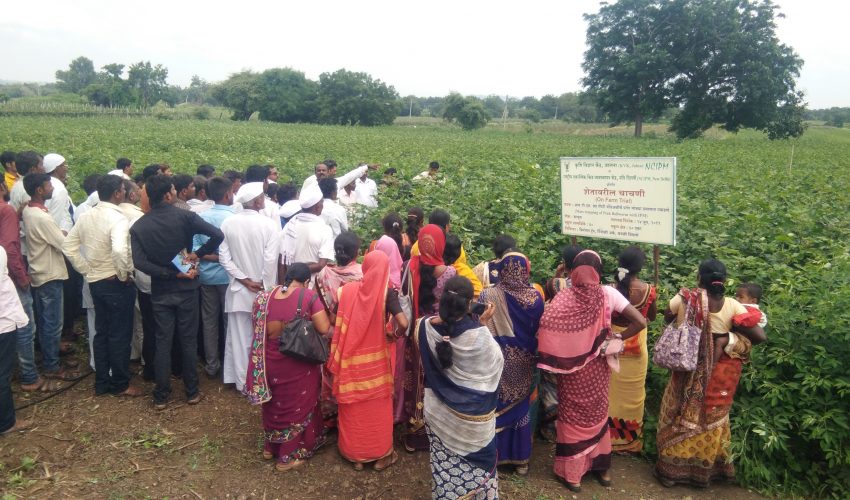
Going forward, IDH will continue watershed development and farmer trainings in Ambad with WOTR to promote accelerated improvement in smallholder farmers’ livelihood through improvement in access to water and hopes to expand its impact to other blocks in the Jalna district with the support of private sector funding.
Facts and Figures
-
Private-sector (sustainability) investments in the program (in million euro)
Target 20184Result 201815.5Cumulative target 202019.5Cumulative result 2016-201829.3 -
Volume of sustainably produced cotton (in million metric tons)
Target 20184Result 20183.4Cumulative target 20206.6Cumulative result 2016-201811.5 -
Smallholders, workers and community members trained (in millions)
Target 20182.2Results 20182.4Cumulative target 20203.5Cumulative result 2016-20185.8
Publications
For more information contact us







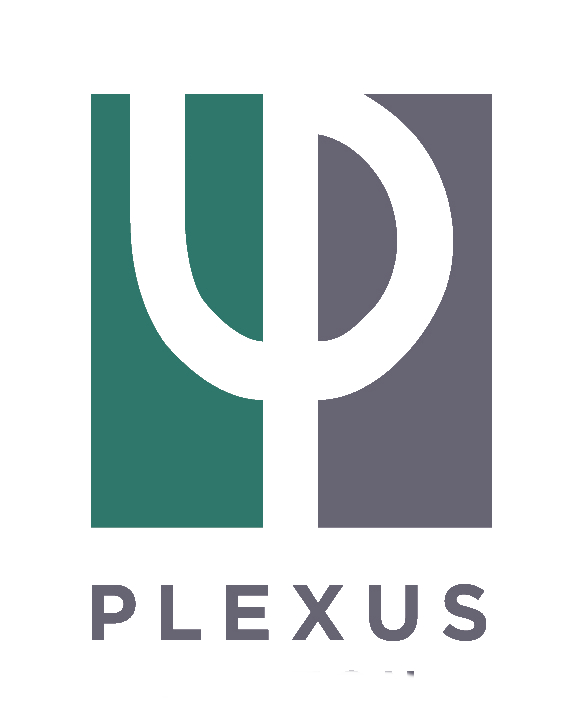





![ikea-logo[1]](http://www.nipplenipple.com/uploaded/2016/06/ikea-logo1-300x107.jpg)
![15_36_52h&m[1]](http://www.nipplenipple.com/uploaded/2016/06/15_36_52hm1-300x300.gif)
